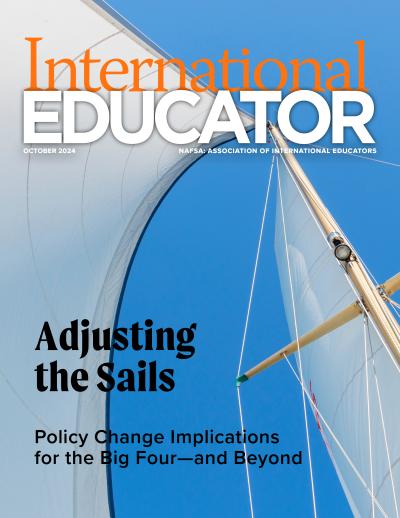Reversing Course
Around the world, the popularity of education abroad is steadily growing, but in Japan, numbers are actually declining. In the last 15 years, Japan has gone from being the leading sender of students to the United States to falling behind other countries whose students are going overseas in record numbers as governments and companies recognize the need to produce university graduates who have the cross-cultural skills required to work in a global economy. In response to these trends, the Japanese government has recently launched a series of grant programs intended to internationalize Japanese higher education, including support for study abroad.
According to the Institute of International Education (IIE), the number of Japanese students on U.S. campuses decreased by 14 percent in 2010–11, following a general trend of decline since its peak in the late 1990s (Open Doors 2011). From 1994–95 until 1998–99, Japan was the leading sender of students to the United States but has since fallen to seventh due to surges in students from India, China, South Korea, and Saudi Arabia; the effects of a rapidly aging Japanese population; and other factors including the global economy and the recruiting cycle of Japanese companies. According to the Japanese Ministry of Education, Culture, Sports, Science, and Technology (MEXT), Japanese education abroad student numbers to Europe and other countries have also decreased.
Despite paying lip service to the need for workers who have the skills to operate in a global economy, Japanese companies tend to favor students enrolled at domestic universities. These students often have











